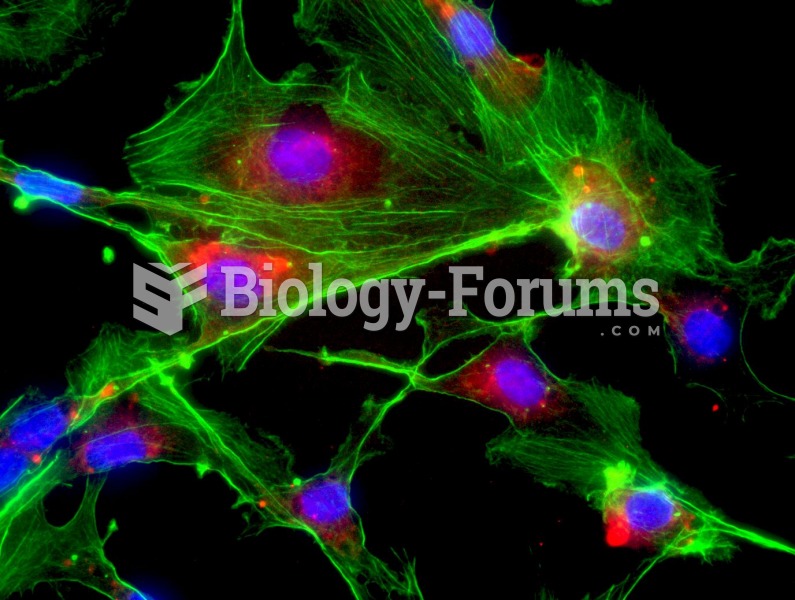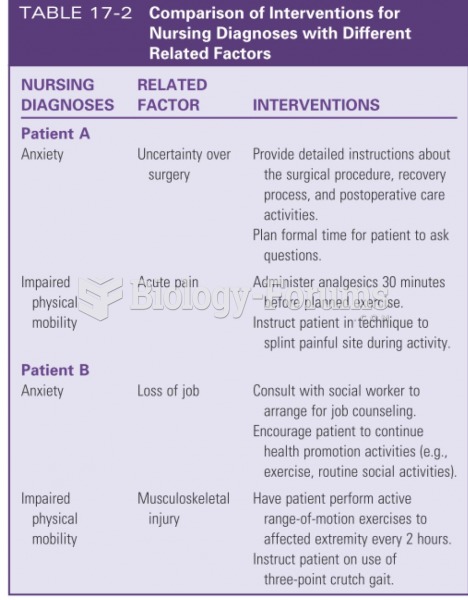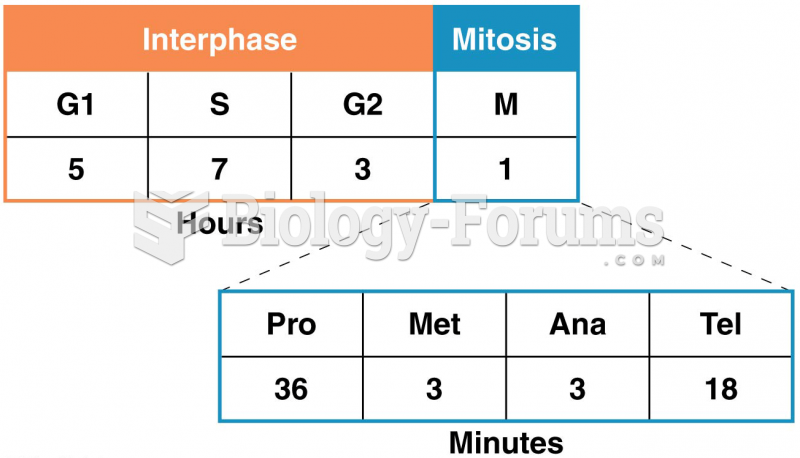Answer to Question 1
Correct Answer: 2
Hypoxia is often the cause of sickling crisis from the clumping of damaged RBCs, which creates an obstruction and hypoxia distal to the clumping. Administering oxygen will improve the pain and increase the oxygen saturation of body tissues. Applying the oxygen should be the nurse's first action. Although the temperature is elevated and will increase oxygen demands in the body by increased basal metabolic activity, this is not the first action the nurse should take, because sickling crisis is caused by oxygen deprivation in tissues, not by the fever. Morphine sulfate is a narcotic for pain, but it should be given after another intervention to address the hypoxia present in sickle-cell crisis. A full-body assessment, including peripheral pulses, is important to identify the location of the potential obstruction, but this is secondary to treating the hypoxia that is known to be present in sickle-cell crisis.
Answer to Question 2
Correct Answer: 2
Fatigue, pallor, weakness, dyspnea with activity, headache and tachycardia would cause difficulty with activity. Nutritional or iron deficiency is not the cause of the symptoms, which are related to tissue hypoxia. These manifestations do not indicate that the patient feels unable to control the disease process. Although the patient might be having coping issues, the physical symptoms are the greatest complaints; therefore, coping is not the top priority in planning care. Physiological needs must be met prior to self-actualization needs.







